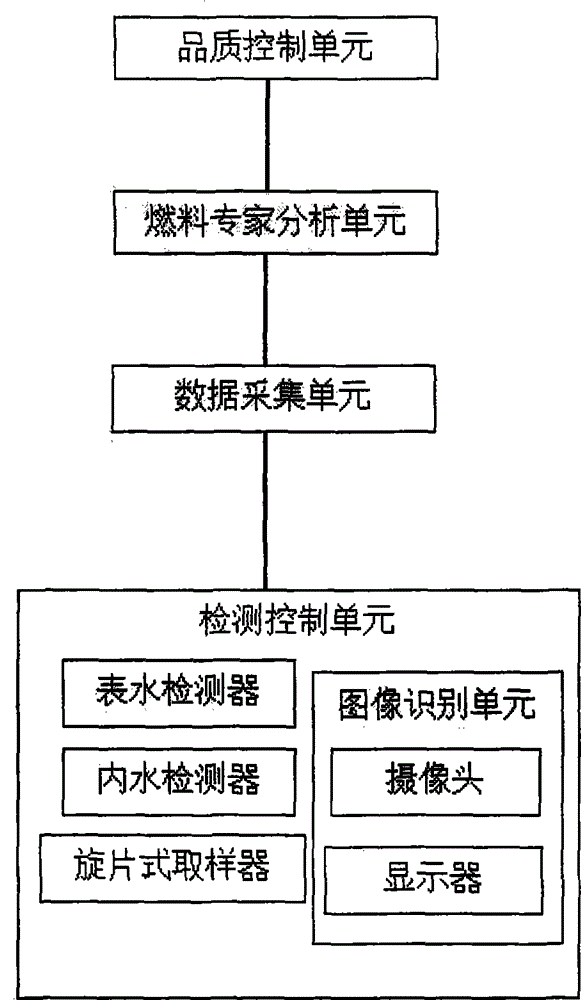Intelligent biomass fuel acousto-optic recognition sampling system and method
A technology of biomass fuel and sampling system, which is applied in the direction of sampling devices, fuel oil testing, material inspection products, etc., can solve the problems of aging methods, unstable results, and low accuracy, so as to promote progress and development, stable test results, The effect of advanced technical means
- Summary
- Abstract
- Description
- Claims
- Application Information
AI Technical Summary
Problems solved by technology
Method used
Image
Examples
Embodiment Construction
[0037] The accompanying drawings are for illustrative purposes only and should not be construed as limiting the patent.
[0038] For those skilled in the art, it is understandable that some well-known structures and descriptions thereof may be omitted in the drawings.
[0039] The technical solutions in the invention will be clearly and completely described below in conjunction with the accompanying drawings of the invention. Obviously, the described embodiments are only some of the embodiments of the invention, not all of them. Based on the embodiments of the present invention, all other embodiments obtained by persons of ordinary skill in the art without making creative efforts belong to the protection scope of the present invention.
[0040] Such as figure 1 Shown is a biomass fuel intelligent sampling system with acousto-optic recognition of the present invention, including a detection control unit, a data acquisition unit, a fuel expert analysis unit and a quality contro...
PUM
 Login to View More
Login to View More Abstract
Description
Claims
Application Information
 Login to View More
Login to View More - R&D
- Intellectual Property
- Life Sciences
- Materials
- Tech Scout
- Unparalleled Data Quality
- Higher Quality Content
- 60% Fewer Hallucinations
Browse by: Latest US Patents, China's latest patents, Technical Efficacy Thesaurus, Application Domain, Technology Topic, Popular Technical Reports.
© 2025 PatSnap. All rights reserved.Legal|Privacy policy|Modern Slavery Act Transparency Statement|Sitemap|About US| Contact US: help@patsnap.com

